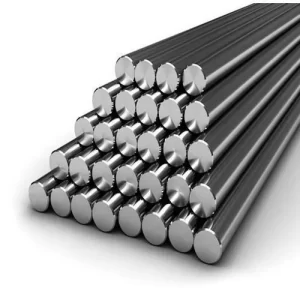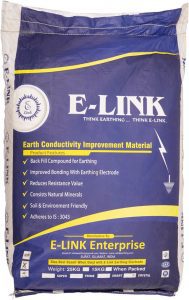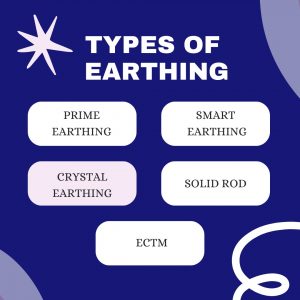What is Earthing? | Types of Earthing

What is Earthing?
Electrical is the technique of transmitting the direct discharge of electrical energy to the ground with the aid of a low resistance wire. By attaching the equipment’s non-current-carrying neutral or supply system to the ground, electrical earthing is accomplished.
Galvanized iron is typically used for Electrical . The leakage current has a straightforward route thanks to the Electrical. The equipment’s short circuit current travels to the earth, which has no potential. thereby guards against harm to the system and machinery.
What types of Earthing?
Earthing can be achieved using various methods, and the choice of method depends on factors such as the type of installation, soil conditions, and local regulations. Here’s a brief overview of the six earthing methods you mentioned:
- Prime
- Smart
- Crystal
- Solid Rod
- ECIM
Prime Earthing
The Prime Series was created for requirements that require greater capacity, a longer life term, and superior quality. The Electrical Research and Development Agency – ERDA has tested and validated this system for maximum short circuit current testing in its range. The pipe utilized is of ISI Medium Class.
Smart Earthing
The Smart Series was created with the chemical needs of the market in mind, as well as the need for cost-effective products. The pipe utilized is of ISI Medium Class. Medium-sized pipe and strip are welded from top to bottom.
Crystal Earthing
Crystal Series is designed with the chemical requirements of the market segment looking for a reduced price in mind. The pipe is of low thickness, and the strip is medium in size and welded from top to bottom. The substance used to fill the space between the pipe and the strip is market standard. In regular soil, this series has a life expectancy of 5 to 7 years.
Solid Rod

ECIM

EARTH CONDUCTIVE IMPROVEMENT MATERIAL
According to IS 3043, requires the artificial treatment of earth,for which several forms of


